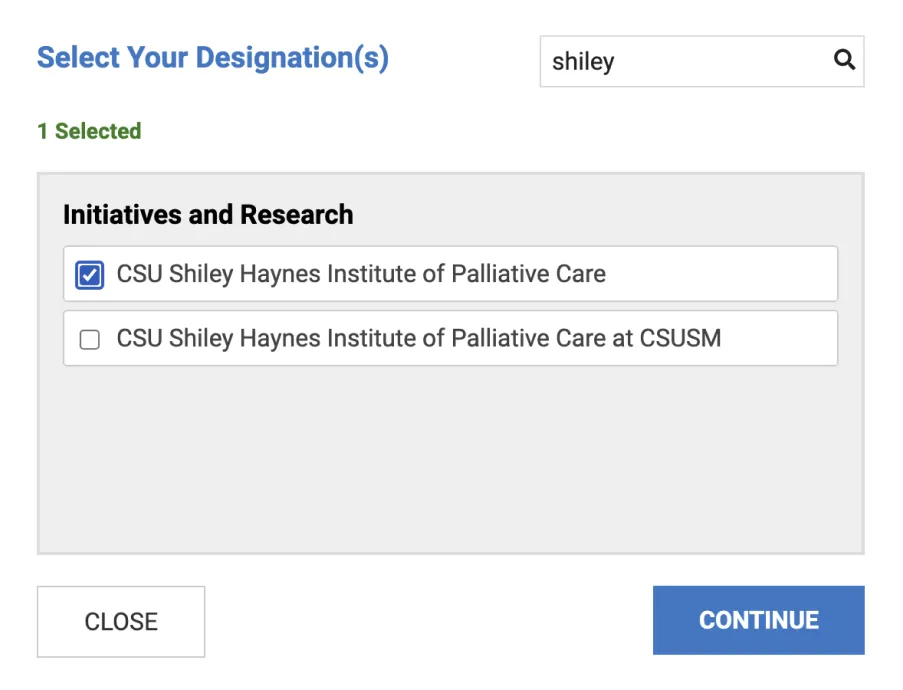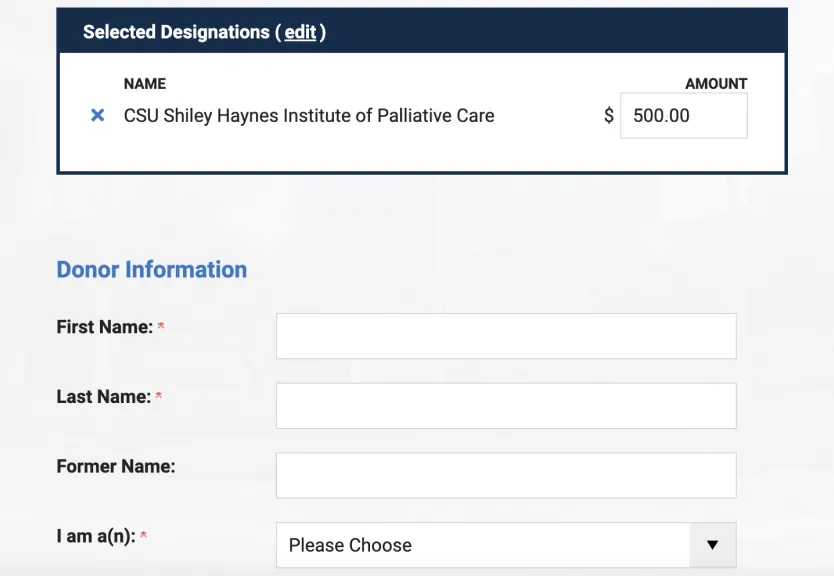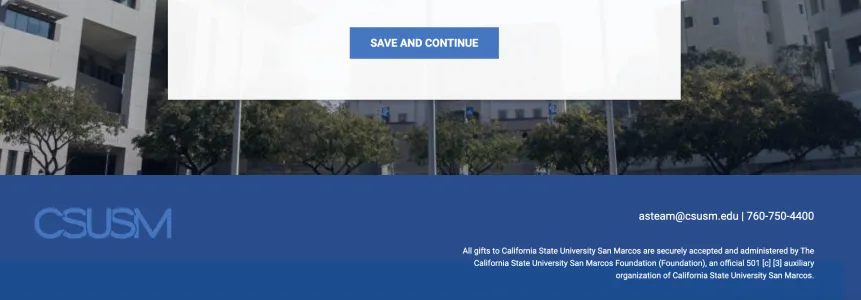New “Essentials” of Nursing Education Create Opening for Palliative Care
Frontline workers in palliative care may not have noticed that the most recent version of “The Essentials: Core Competencies for Professional Nursing Education, issued by the American Association of Colleges of Nursing (AACN) last April, has elevated hospice/palliative/supportive and end-of-life care to one of four core “spheres of care” of professional nursing practice.
But those who are paying attention say it represents a shift in emphasis for nursing education and an opportunity for palliative professionals to jump in and help support nursing faculty evaluate and integrate palliative care into their curriculums. The other three spheres of care are disease prevention/promotion of health and well-being; chronic disease care; and regenerative or restorative care. Primary palliative care thus becomes an essential competency in nursing education and preparation for future practice.
Since 1969 AACN has been the national voice for academic nursing and the country’s 840 colleges of nursing. It works to establish quality standards for nursing education through its curriculum standards and has been updating its “Essentials” document since 1986. The latest version also identifies 10 major domains for nursing, each with its own core competencies. The Essentials thus provide the educational framework and expectations for the nursing curriculum.
How quickly these new Essentials will permeate and transform nursing education and practice with recognition of the importance of palliative care will vary across different settings, depending in part on when colleges of nursing face their next voluntary accreditation surveys, such as from the Commission on Collegiate Nursing Education (CCNE). CCNE is an autonomous, nongovernmental nursing education accrediting agency formed by AACN.
Still, says Andra Davis, PhD, MN, RN, Associate Professor at the University of Portland, Ore., School of Nursing, this is a big deal for the palliative care field. “I’ve done hospice, palliative and oncology care most of my career. I was almost brought to tears by this document. A faction of us in this field see the new Essentials as monumental and an opportunity to seize the moment.” Schools will have to demonstrate achievement in this area, she says. “We need to educate nursing faculty to make sure they understand hospice and palliative care and are preparing their students to demonstrate competencies in each of the four spheres.”
Front and Center for Educators
“Yes, it is a very big deal,” confirms Betty Ferrell, MSN, PhD, director of the Division of Nursing Research and Education at City of Hope, Duarte, Calif. Dr. Ferrell is principal investigator of ELNEC, the End-of-Life Nursing Education Consortium, which was developed in partnership with AACN and has trained more than 1.4 million health professionals, mostly nurses, since its launch in 2001.
In a recent editorial in the Journal of Hospice and Palliative Nursing, Dr. Ferrell and co-authors Dr. Davis and Megan P. Lippe, PhD, MSN, RN, of the University of Texas Health San Antonio School of Nursing wrote, “We, as leaders in this field, need to do our part in supporting schools of nursing. We need to provide lectures, serve as preceptors and clinical sites, and share our clinical expertise to build on nursing schools’ palliative care educational efforts.”
Colleges of nursing pay to have an accrediting body come out and accredit them, says Pamela Kohlbry, PhD, CNL, RN, Professor of Nursing and Director of University Relations and Research at the Shiley Haynes Institute for Palliative Care at California State University San Marcos (CSUSM). Accreditors haven’t said when the new spheres will be included in their accreditation visits and required university self-studies. But at every nursing conference she attends, the new Essentials are front and center for educators.
They define palliative care across the life span, not just for the elderly, Dr. Kohlbry says. Coupled with another new thrust for AACN, which is caring for diverse populations, “I feel like we are at the right time at the right place.” But for palliative care and hospice to be positioned both for care across the lifespan and for care of diverse populations, changes are needed in nursing education.
The CSU Shiley Haynes Institute for Palliative Care offers a Palliative Care Curriculum Integration Toolkit to any faculty member in the CSU system. The toolkit contains a broad range of “grab-and-go” teaching resources such as slide sets, case studies, learning activities, and quiz questions (and answers) for faculty in nursing and other disciplines to use to introduce palliative care concepts and skills to students. As content is added to the toolkit, the Institute hopes to make it available to other universities and schools of nursing.
“When I first saw the new Essentials document, my reaction was: Wow!” says Katie Robinson, PhD, RN, CHPN, Professor of Nursing at CSUSM specializing in hospice and palliative care and research. “It goes into actual detail about why this is so important. But what nursing schools choose to do with it is what I want to see.”
Dr. Robinson chairs the Palliative Care Curriculum Committee at CSUSM. “We’re doing a deep dive into how we now teach palliative care skills. We use the ELNEC modules—it’s a core part of nursing education. Now we’re asking how can we make it more integrated and seamless,” she says.
“I am one of the few folks here who practiced palliative care in the field full-time, and now am full-time nursing faculty. What I’d like to see happen is not for me as a palliative care expert to come in to teach the palliative care session for each course but for the obstetrics professor to teach primary palliative care for obstetrics and the pediatrics professor to teach primary palliative care for pediatrics.”
That means having faculty that can teach it and understand what it means to have clinicians who know primary palliative care, Dr. Robinson says. She would like to see palliative care skills integrated throughout nursing education—so seamlessly that they aren’t even called palliative care. “But you need specialists on the faculty filling consultant roles. We curate the content and look at how to evaluate it and partner with the faculty teaching the courses.”
Eventually, the palliative care community will need to advocate for practitioners to have these primary palliative care skills when they enter the work force, with clinical sites expecting that practitioners will come to them possessing these skills.
A Continuum of Understanding
Dr. Davis says she has participated in recent webinars in her region, where she sees the AACN document reaching people’s awareness. “At my institution, the introduction to palliative care starts in a junior year class on theology and suffering and continues through the final senior semester. But there is a huge range in what other schools are doing. Sometimes it’s just because of one faculty member who brings it forward. Others don’t know what palliative care education is or what palliative care essentials need to be taught.”
What can palliative professionals do with this opportunity? “Say congratulations to AACN for calling out this field as 25 percent of the core spheres of care nursing students need to know,” she says. “If you have an affiliation with a school of nursing near you, reach out and say: ‘I know this is important to you, and I want to help you any way I can.’ At the end of the day, those of us who consider ourselves experts in this field will need to step forward.”
Dr. Davis, along with Dr. Lippe, has developed a primary palliative nursing care competence model and assessment tool for use in simulated and clinical teaching environments (currently in press). They presented a webinar, “Evaluating Outcomes in Palliative Care Nursing Education: Tools and Strategies,” Feb. 28 and March 1. Dr. Davis also hopes to convene a regional training event built on ELNEC content tailored for nurse educators. Also expect this subject to come up at the CSU Shiley Haynes Institute’s 2022 National Symposium for Academic Palliative Care Education and Research, which has been rescheduled to April 21─22 in San Diego.




